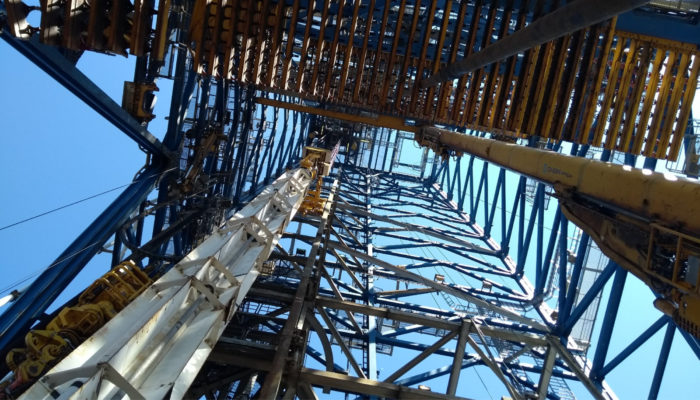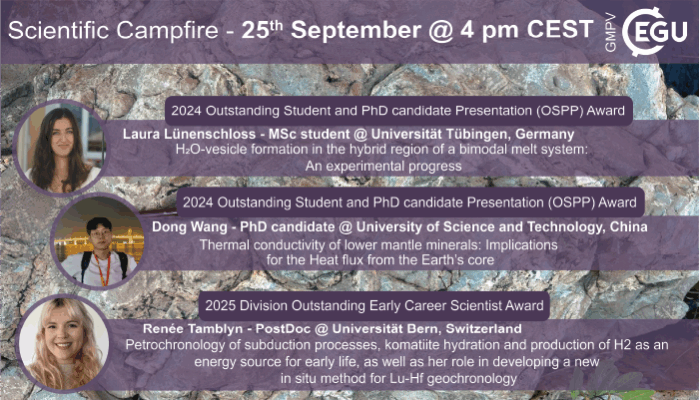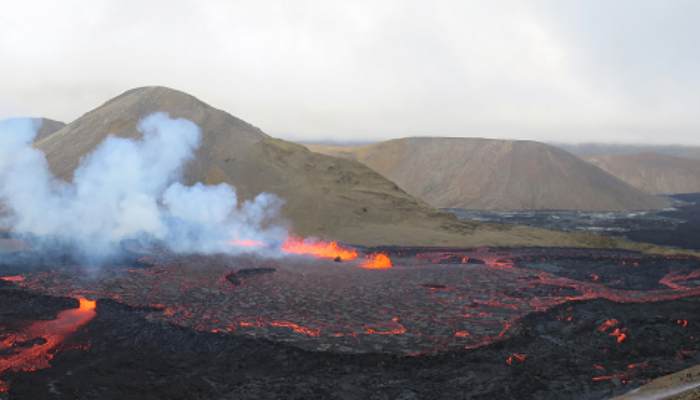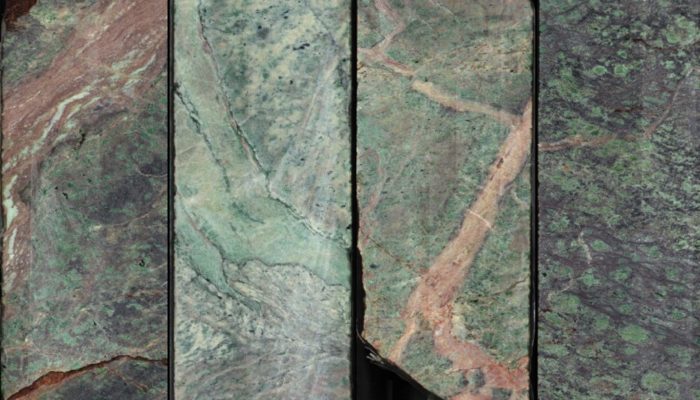The first edition of the Geochemistry, Mineralogy, Petrology and Volcanology Campfires of the 2025/2026 season is right at the door and will take place on Thursday September 25th at 4 pm CEST on Zoom. Our speakers for this edition are: Laura Lünenschloss – 2024 Outstanding Student and PhD candidate Presentation (OSPP) Award, Master student @ University of Tübingen, Germany on: “H2O-v ...[Read More]
Fagradalsfjall 2021 versus 2022: similarity and differences
The Icelandic eruptions of 2021 and 2022 originated in the Reykjanes peninsula, characterized by the Krýsuvík-Trölladyngja system, one of the five volcanic systems present along the peninsula. This peninsula is a leaky transform fault, characterized by episodic rifts and associated volcanism. The last two years have brought about some of the most momentous volcanic eruptions in recent history. The ...[Read More]
The strangest rock you’ve probably never heard of
In this blog I’m going to talk a bit about one of my favourite rocks – the strangest rock you’ve probably never heard of – listvenite. Listvenite (sometimes spelt listwanite or listwaenite) is the product of a chemical reaction between peridotite and carbon dioxide, and it is truly strange! I first came across listvenites working on the Semail Ophiolite, Oman, during my PhD. The Semail Ophiolite i ...[Read More]
Drilling in the deep: Project Mohole and the underground space race

The mantle makes up the bulk of Earth, extending from near the surface to the edge of the core 2900 km down. It constitutes 84% of Earth’s volume and has roughly 6 times the mass of Mars! Despite its impressive bulk, the mantle is almost everywhere covered by several km of crust. As a result we don’t have a lot of pieces of it that we can look at, hold or study. Those we have (e.g. xenoliths ...[Read More]



